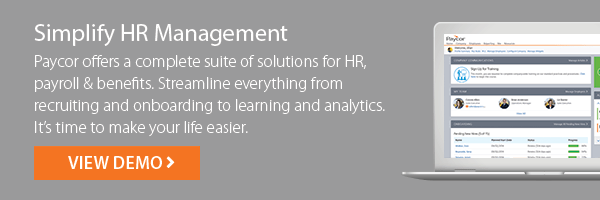Compensation and benefits come in different varieties, but the IRS cares about it all (or most of it, at least). Do you drive a company car? Did you receive a gift card from your employer for stellar performance? Guess what—taxes need to be paid on the value of those items.
It’s easy to overlook fringe benefits as taxable income and most employees will have no idea what “imputed income” even means. If you’re filing tax returns, though, you need to make sure you know exactly what counts and what to do about it.
What is Imputed Income?
When an employee receives non-cash compensation that’s considered taxable, the value of that benefit becomes imputed income for the employee. Unless specifically exempt, imputed income is added to the employee’s gross (taxable) income. It isn’t included in the net pay because the employee has already received the benefit in some other form. But it is treated as income so employers need to include it in the employee’s form W-2 for tax purposes.
Imputed income is subject to Social Security and Medicare tax but typically not federal income tax. An employee can elect to withhold federal income tax from the imputed pay, or they can simply pay the amount due when filing their return.
Some examples of imputed income include:
- Adding a domestic partner or non-dependent to your health insurance policy
- Adoption assistance surpassing the non-taxable amount
- Educational assistance surpassing the non-taxable amount
- Group term life insurance in excess of $50,000
Imputed income may also be used to determine an amount for child support payments. Depending on the state, imputed income consideration is meant to give the judge a more precise view of a noncustodial parent’s total income, helping to determine a more accurate child support amount.
What is a Fringe Benefit?
A fringe benefit is services, goods or experiences given to employees in addition to their regular wages, and they are taxable. For example, an employee who wins a $100 gift card for completing a fitness challenge at work has to report it as income.
Some examples of fringe benefits include:
- Using a company car for personal activities
- Wellness program incentives, including country club or gym membership fees
- Gift cards, regardless of dollar amount
- Prizes and awards (Did you win an iPad?)
What are Nontaxable Fringe Benefits?
Employers can indulge in a few fringe benefits that won’t raise any red flags with the IRS. Called “de minimis (minimal) benefits,” these benefits are something worth so little that the IRS considers it administratively impractical to record or keep an account.
While there’s no official dollar amount defining what makes a benefit de minimis, it’s best to keep it less than $75 because the IRS says anything $100 or more is not considered a de minimis benefit.
Some de minimis benefits include:
- Company picnics
- Flowers or fruit for a special occasion
- Holiday or birthday gifts with a low fair-market value
- Logo-branded t-shirts and trinkets (stress balls, water bottles, keychains, etc.)
- Occasional tickets for theater or sporting events
- Occasional personal use of a company copy machine
It can be confusing to keep track of what’s taxable income and what’s not. You can always review the IRS’ Fringe Benefit Guide for the latest information on imputed income. And remember, Paycor is here to help your organization with any payroll processing needs you may require.










